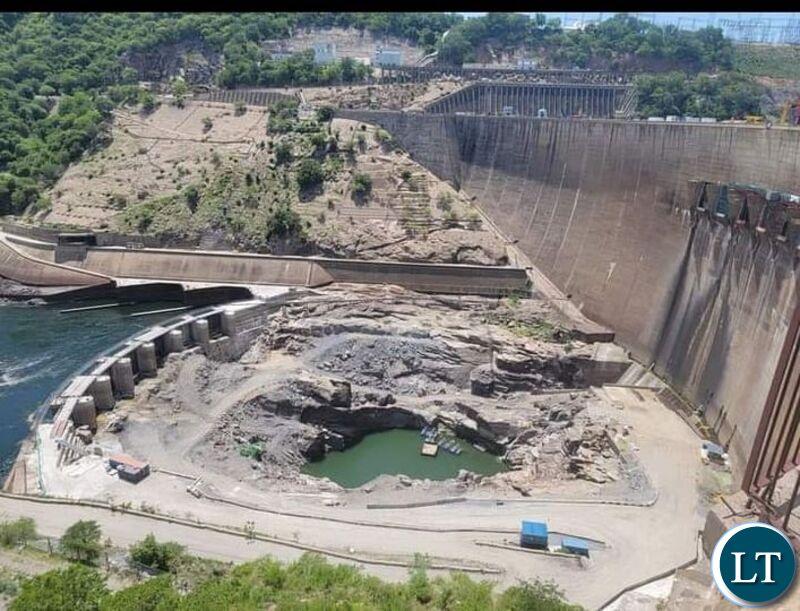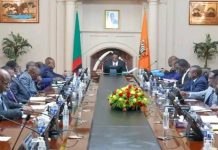
Africa-Press – Zambia. The Kariba Dam, a crucial source of hydroelectric power for the country, was facing a dire situation. Water levels at the North Bank had fallen to the lowest levels in history due to the negative effects of climate change. This posed a serious threat to the country’s power generation and the overall social and economic wellbeing of the nation.
This is according to a statement released by the Ministry of Information and Media In response, the government took swift action to address the issue. They initiated a rehabilitation project for the Kariba Dam, with the goal of mitigating the seasonal low water levels.
The construction of a cofferdam, which would allow the reshaping of the plunge pool in dry conditions while still allowing power generation to continue, was completed on schedule. The actual reshaping of the plunge pool had begun and was set to be finished by the first quarter of 2024. The sub-project was already 74% complete.
In addition to the plunge pool reshaping, the refurbishment of the dam’s six spillway gates was also underway. Two of the gates were at an advanced stage of refurbishment, with preparations for the third gate underway. Overall, the spillway gate refurbishment sub-project was over 52% complete and set to be completed by the first quarter of 2025.
The Kariba catchment area was divided into two sub-catchments: the Kariba lower catchment and the Kariba upper catchment. The lower catchment, which comprised three rivers (Sanyati, Gwayi, and Ume), provided inflow into Lake Kariba during the months of October, November, and December. Meanwhile, the main stream Zambezi River in the Kariba upper catchment influenced the lake’s levels during the first quarter of the following year.
Unfortunately, the current rainfall season had seen below-average flows from the three rivers of the Kariba lower catchment, leading to the low lake levels. However, hydrological projections informed by rainfall projections from the Meteorological Department suggested that the Kariba upper catchment river flows would start causing increased lake levels as the first quarter of 2023 progressed.
Thanks to the government’s proactive measures, including the rehabilitation of the Kariba Dam, there was hope that the negative impacts of climate change on the country’s power generation and overall well-being could be mitigated.
For More News And Analysis About Zambia Follow Africa-Press






